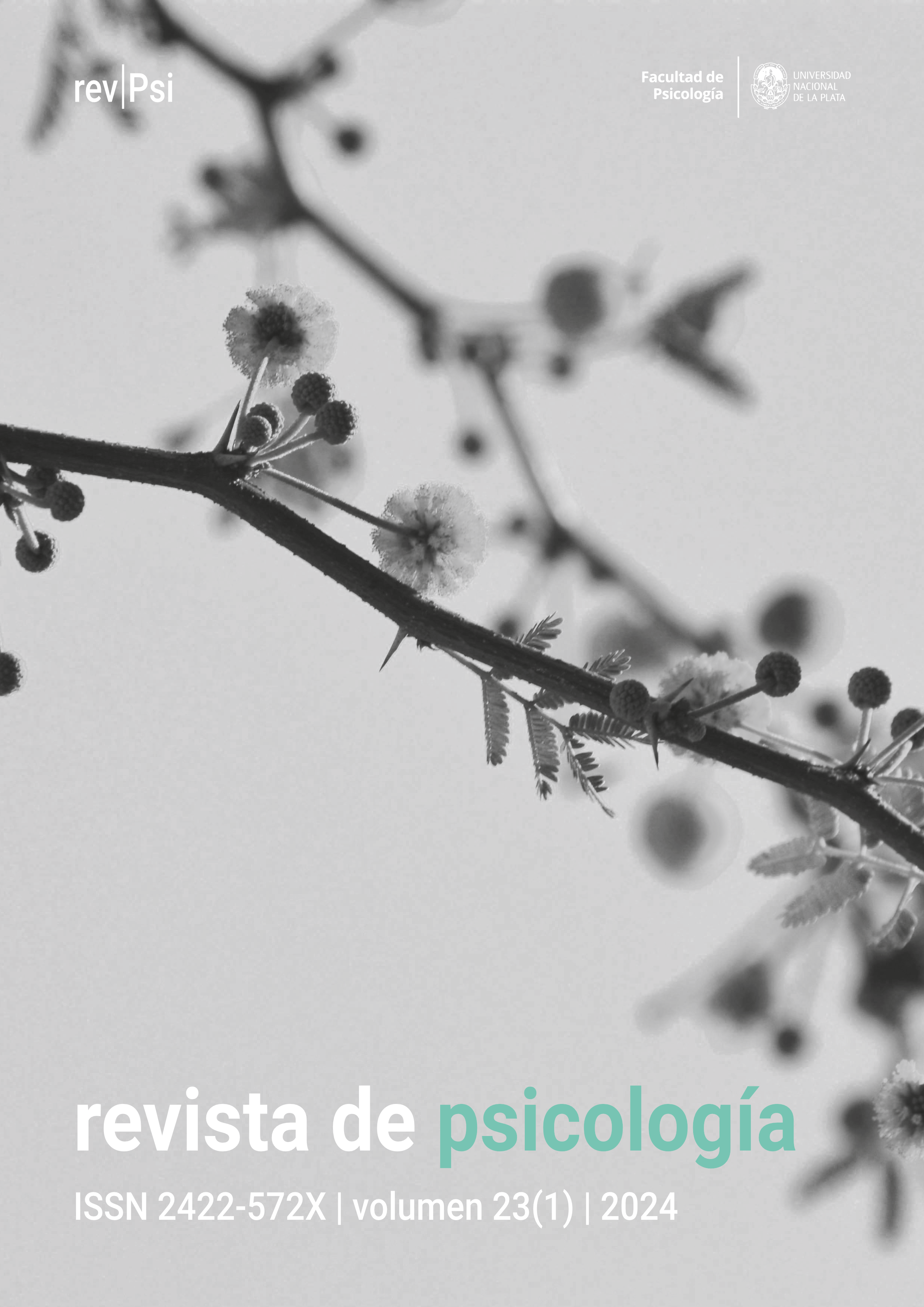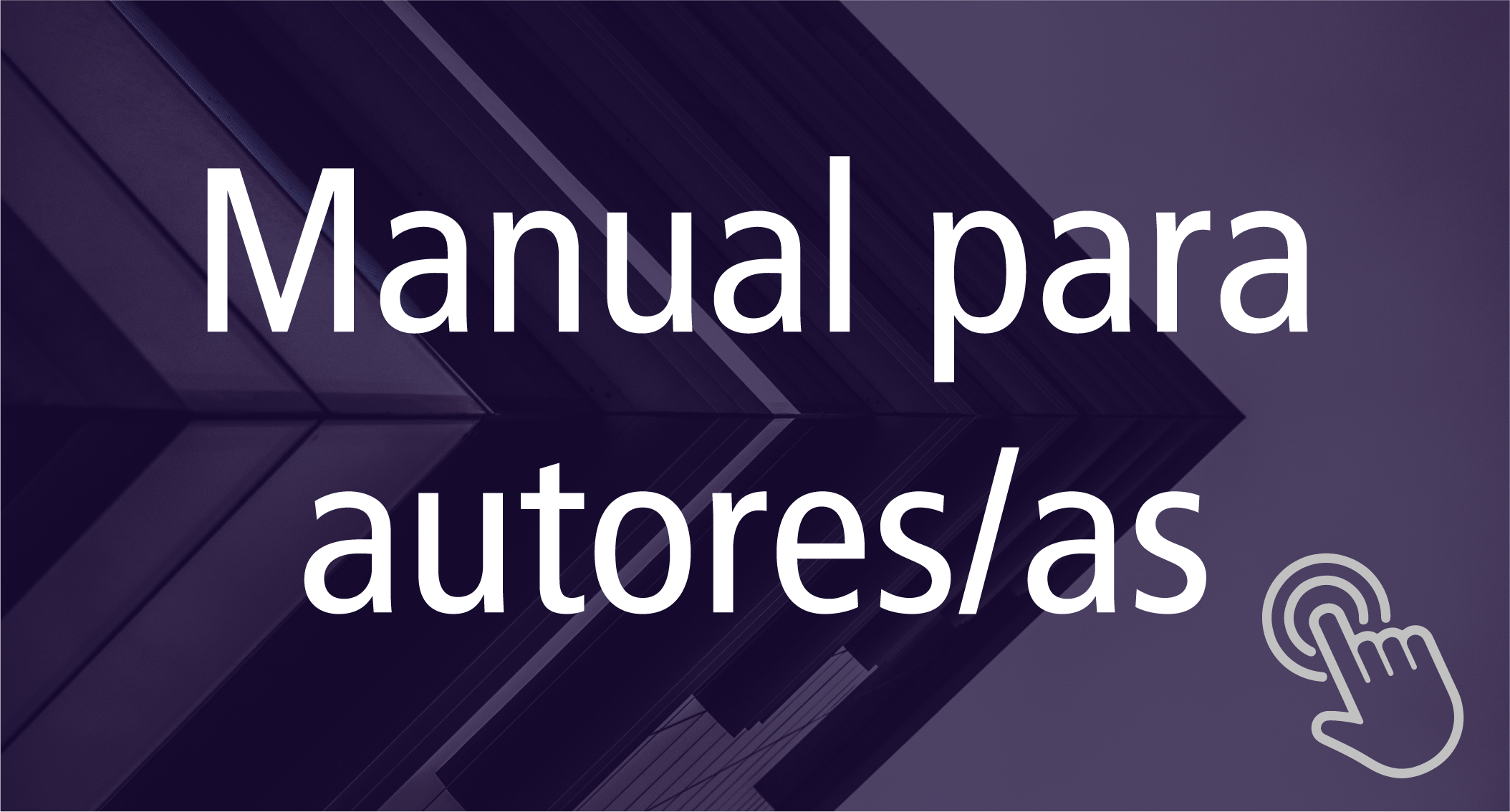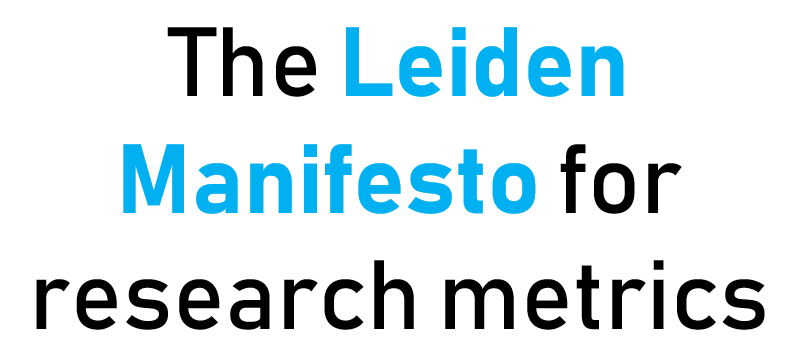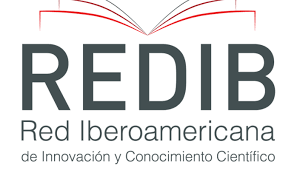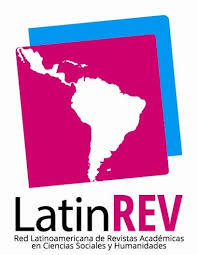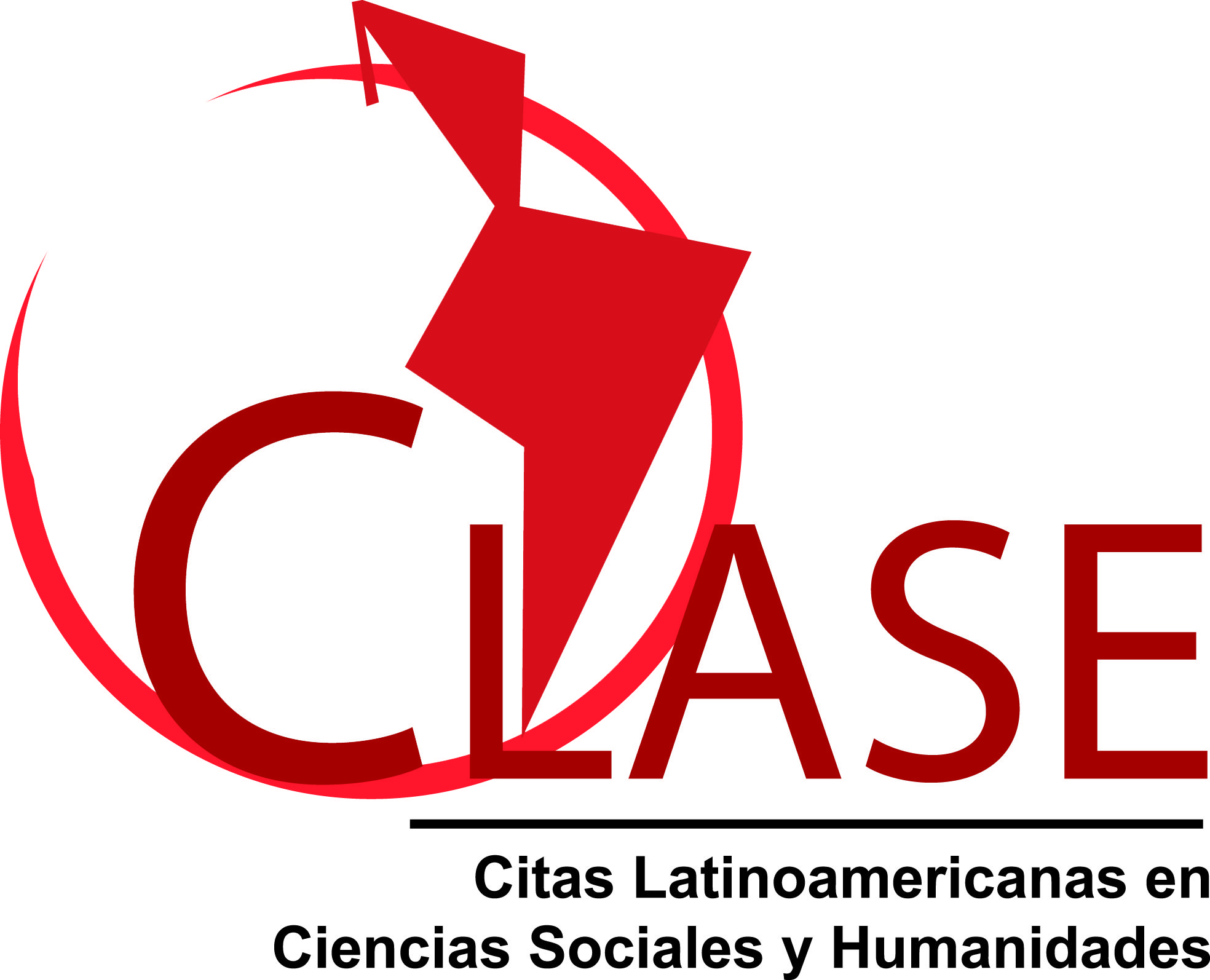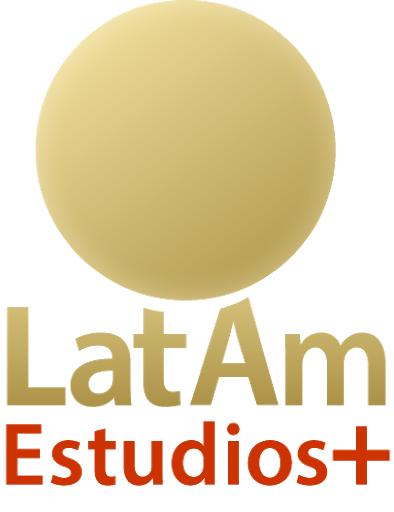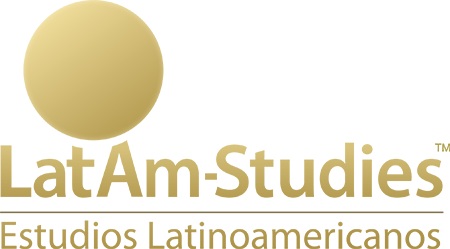Memoria y enfoque enactivo: análisis sobre el rol del cuerpo y las interacciones sociales
DOI:
https://doi.org/10.24215/2422572Xe174Palabras clave:
enactivismo, memoria, cognición corporizada, sensoriomotor, recuerdos socialesResumen
El enactivismo es una rama de las perspectivas cognitivas corporizadas que sostiene que la cognición emerge del acoplamiento que se da entre el organismo y su entorno. Este enfoque podría ofrecer una mirada alternativa para comprender aspectos de la memoria que representan desafíos para los abordajes tradicionales. La presente revisión bibliográfica busca avanzar en el tema a través de preguntas sobre cómo se genera, cómo se mantiene en el tiempo y para qué sirve la memoria. En el artículo se sintetizan las bases conceptuales del enactivismo para posteriormente revisar investigaciones que discuten sobre los procesos constructivos y las bases sensoriomotoras de la memoria y, finalmente, investigaciones que problematizan la formación y evocación de recuerdos sociales y colectivos.
Referencias
Abel, M. y Bäuml, K. H. (2020). Social interactions can simultaneously enhance and distort memories: Evidence from a collaborative recognition task. Cognition, 200, 104254. https://doi.org/10.1016/j.cognition.2020.104254
Abrahamson, D., Dutton, E. y Bakker, A. (2021). Towards an Enactivist Mathematics Pedagogy. In The Body, Embodiment, and Education: An Interdisciplinary Approach. S. A. Stolz (Ed.). Routledge,
Alessandroni, N. y Rodríguez, C. (2019). On perception as the basis for object concepts: A critical analysis. Pragmatics & Cognition, 26(2/3), 321–356. https://doi.org/10.1075/pc.19027.ale
Atkinson, R. C. y Shiffrin, R. M. (1968). Human memory. En K. W. Spence y J. T. Spence. (eds.), The Psychology of Learning and Motivation (Vol.2). Academic Press.
Auvray, M. y Rohde, M. (2012). Perceptual crossing: The simplest online paradigm. Frontiers in Human Neuroscience, 6, 181. https://doi.org/10.3389/fnhum.2012.00181
Barber, S. J., Castrellon, J. J., Opitz, P. y Mather, M. (2017). Younger and older adults' collaborative recall of shared and unshared emotional pictures. Memory & Cognition, 45, 716–730. https://doi.org/10.3758/s13421-017-0694-3
Barnier, A. J., Harris, C. B., Morris, T. y Savage, G. (2018). Collaborative facilitation in older couples: Successful joint remembering across memory tasks. Frontiers in Psychology, 9, 2385. https://doi.org/10.3389/fpsyg.2018.02385
Barnier, A. J., Klein, L., y Harris, C. B. (2017). Transactive memory in small, intimate groups: More than the sum of their parts. Small Group Research, 49(1), 62–97. https://doi.org/10.1177/1046496417712439
Barnier, A. J., Sutton, J., Harris, C. B. y Wilson, R. A. (2008). A conceptual and empirical framework for the social distribution of cognition: The case of memory. Cognitive Systems Research, 9(1-2), 33–51. https://doi.org/10.1016/j.cogsys.2007.07.002
Bartlett, F. C. (1995/2010). Remembering. A study in experimental and social psychology. Cambridge University Press. https://doi.org/10.1017/CBO9780511759185
Bermejo, F., Di Paolo, E. A., Hüg, M. X. y Arias, C. (2015). Sensorimotor strategies for recognizing geometrical shapes: A comparative study with different sensory substitution devices. Frontiers in Psychology, 6, 679. https://doi.org/10.3389/fpsyg.2015.00679
Bermúdez-Rattoni, F. y McGaugh, J. L. (2017). Memory reconsolidation and memory updating: Two sides of the same coin? Neurobiology of Learning and Memory, 142(Part A), 1–3. https://doi.org/10.1016/j.nlm.2017.05.002
Bickhard, M. H. (2019). Dynamics is not enough: an interactivist perspective. Human Development, 63(3–4), 227–244.
Blumen, H. M. y Rajaram, S. (2008). Influence of re-exposure and retrieval disruption during group collaboration on later individual recall. Memory, 16(3), 231–244. https://doi.org/10.1080/09658210701804495
Blumen, H. M. y Rajaram, S. (2009). Effects of repeated collaborative retrieval on individual memory vary as a function of recall versus recognition tasks. Memory, 17(8), 840–846. https://doi.org/10.1080/09658210903266931
Brouillet, D. (2020). Enactive memory. Frontiers in Psychology, 11, 114. https://doi.org/10.3389/fpsyg.2020.00114
Brouillet, T., Michalland, A.-H., Martin, S. y Brouillet, D. (2021). When the action to be performed at the stage of retrieval enacts memory of action verbs. Experimental Psychology, 68(1), 18–31. https://doi.org/10.1027/1618-3169/a000507
Brouillet, D. y Versace, R. (2019). The nature of the traces and the dynamics of memory. Psychology and Behavioral Sciences, 8(6), 151-157. https://doi.org/10.11648/j.pbs.20190806.12
Buccino, G., Binkofski, F., Fink, G. R., Fadiga, L., Fogassi, L., Gallese, V., Seitz, R. J., Zilles, K., Rizzolatti, G. y Freund, H.-J. (2001). Action observation activates premotor and parietal areas in a somatotopic manner: An fMRI study. The European Journal of Neuroscience, 13(2), 400-404.
Burdman, F. (2015). El post-cognitivismo en cuestión: extensión, corporeización y enactivismo. Principia, 19(3), 475-495. http://dx.doi.org/10.5007/1808-1711.2015v19n3p475
De Bruin, L. y De Haan, S. (2012). Enactivism & social cognition: In search of the whole story. Cognitive Semiotics, 4(1), 225-250. https://doi.org/10.1515/cogsem.2012.4.1.225
De Jaegher H. (2013). Embodiment and sense-making in autism. Frontiers in Integrative Neuroscience, 7, 15. https://doi.org/10.3389/fnint.2013.00015
De Jaegher, H. y Di Paolo, E. A. (2007). Participatory sense-making: An enactive approach to social cognition. Phenomenology and the Cognitive Sciences, 6(4), 485–507. https://doi.org/10.1007/s11097-007-9076-9
De Jaegher, H., Di Paolo, E. y Gallagher, S. (2010). Can social interaction constitute social cognition? Trends in Cognitive Sciences, 14(10), 441–447. https://doi.org/10.1016/j.tics.2010.06.009
De Jaegher, H., y Di Paolo, E. (2013). Enactivism is not interactionism. Frontiers in Human Neuroscience, 6, 345. https://doi.org/10.3389/fnhum.2012.00345
Di Paolo, E. A. (2005). Autopoiesis, adaptivity, teleology, agency. Phenomenology and the Cognitive Sciences, 4, 429-452. https://doi.org/10.1007/s11097-005-9002-y
Di Paolo, E. A., Barandiaran, X. E., Beaton, M. y Buhrmann, T. (2014). Learning to perceive in the sensorimotor approach: Piaget’s theory of equilibration interpreted dynamically. Frontiers in Human Neuroscience, 8, 551.
Di Paolo, E. A., (2016). Enactivismo. En C. Vanney, I. Silva y J. F. Franck, Diccionario Interdisciplinar Austral. http://dia.austral.edu.ar/Enactivismo
Di Paolo, E., Buhrmann, T. y Barandiaran, X. (2017). Sensorimotor life: An enactive proposal. Oxford University Press.
Di Paolo, E. A., Rohde, M. y De Jaegher, H. (2010). Horizons for the enactive mind: Values, social interaction, and play. En J. Stewart, J. R. Stewart, O. Gapenne y E. A. Di Paolo (Eds). Enaction: Toward a new paradigm for cognitive science (pp. 33-88). MIT Press.
Dijkstra, K., Kaschak, M. P. y Zwaan, R. A. (2007). Body posture facilitates retrieval of autobiographical memories. Cognition, 102(1), 139–149. https://doi.org/10.1016/j.cognition.2005.12.009
Dumas, G., Kelso, J. A. y Nadel, J. (2014). Tackling the social cognition paradox through multi-scale approaches. Frontiers in Psychology, 5, 882. https://doi.org/10.3389/fpsyg.2014.00882
Fitzpatrick, R. (2016). Enacting memory: Rethinking our capacity to remember. The University of Edinburgh.
Froese, T. (2012). From adaptive behavior to human cognition: A review of enaction. Adaptive Behavior, 20(3), 209-221. https://doi.org/10.1177/1059712311433892
Gabbert, F., Memon, A., Allan, K. y Wright, D. B. (2004). Say it to my face: Examining the effects of socially encountered misinformation. Legal and Criminological Psychology, 9(2), 215–227. https://doi.org/10.1348/1355325041719428
Gardner, H. (1988/2011). La nueva ciencia de la mente. Historia de la revolución cognitiva (L. Wolfson, Trad). Paidós.
Glenberg, A. M. (1997). What memory is for. Behavioral and Brain Sciences, 20(1), 1-19. https://doi.org/10.1017/s0140525x97000010
Harris, C. B., Barnier, A. J., Sutton, J. y Keil, P. G. (2014). Couples as socially distributed cognitive systems: Remembering in everyday social and material contexts. Memory Studies, 7(3), 285–297. https://doi.org/10.1177/1750698014530619
Ianì, F. (2019). Embodied memories: Reviewing the role of the body in memory processes. Psychonomic Bulletin & Review, 26, 1747–1766. https://doi.org/10.3758/s13423-019-01674-x
Ianì, F. y Bucciarelli, M. (2017). Mechanisms underlying the beneficial effect of a speaker’s gestures on the listener. Journal of Memory and Language, 96, 110–121. https://doi.org/10.1016/j.jml.2017.05.004
Ianì, F., y Bucciarelli, M. (2018). Relevance of the listener’s motor system in recalling phrases enacted by the speaker. Memory, 26, 1084–1092. https://doi.org/10.1080/09658211.2018.1433214
Ianì, F., Foiadelli, A. y Bucciarelli, M. (2019). Mnemonic effects of action simulation from pictures and phrases. Acta Psychologica, 194, 37–50. https://doi.org/10.1016/j.actpsy.20
Ihde, D., y Malafouris, L. (2019). Homo faber Revisited: Postphenomenology and Material Engagement Theory. Philosophy & Technology, 32, 195–214. https://doi.org/10.1007/s13347-018-0321-719.01.012
Kelly, S. D.,Manning, S.M. y Rodak, S. (2008).Gesture gives a hand to language and learning: Perspectives from cognitive neuroscience, developmental psychology and education. Language and Linguistics Compass, 2, 569–588. https://doi.org/10.1111/j.1749-818X.2008.00067.x
Kensinger, E. A., Choi, H.-Y., Murray, B. D. y Rajaram, S. (2016). How social interactions affect emotional memory accuracy: Evidence from collaborative retrieval and social contagion paradigms. Memory & Cognition, 44, 706–716. https://doi.org/10.3758/s13421-016-0597-8
Lee, J., Nader, K. y Schiller, D. (2017). An update on memory reconsolidation updating. Trends in Cognitive Sciences, 21(7), 531–545. https://doi.org/10.1016/j.tics.2017.04.006
Lozano, M. D., (2014). La perspectiva enactivista en educación matemática: todo hacer es conocer. Educación Matemática, 26(1), 162-182.
Macrae, C. N., Duffy, O. K., Miles, L. K. y Lawrence, J. (2008). A case of hand waving: Action synchrony and person perception. Cognition, 109(1), 152–156. https://doi.org/10.1016/j.cognition.2008.07.007
Malafouris, L. (2013). How things shape the mind: A theory of material engagement. MIT Press.
Maturana Romesín, H. y Varela García, F. (1973). De máquinas y seres vivos: Autopoiesis: La organización de lo vivo. Lumen.
McGaugh, J. L. (2000). Memory. A century of consolidation. Science, 287(5451), 248-251. https://doi.org/10.1126/science.287.5451.2
Meade, M. L., Nokes, T. J. y Morrow, D. G. (2009). Expertise promotes facilitation on a collaborative memory task. Memory, 17(1), 39–48. https://doi.org/10.1080/09658210802524240
Miles, L., Nind, L., Henderson, Z.y Macrae, C. N. (2010). Moving memories: Behavioral synchrony and memory for self and others. Journal of Experimental Social Psychology, 46(2), 457-460. https://doi.org/10.1016/j.jesp.2009.12.006
Morgado Bernal, I. (2005). Psicobiología del aprendizaje y la memoria. CIC. Cuadernos de Información y Comunicación, 10, 221-233.
Nader, K. (2015). Reconsolidation and the dynamic nature of memory. Cold Spring Harbor Perspectives in Biology, 7, A021782. https://doi.org/10.1101/cshperspect.a021782
Nyberg, L., Petersson, K. M., Nilsson, L.-G., Sandblom, J., Ǻberg, C. e Ingvar, M. (2001). Reactivation of motor brain areas during explicit memory for actions. NeuroImage, 14(2), 521–528. https://doi.org/10.1006/nimg.2001.0801
Prezioso, E. y Alessandroni, N. (2023). Enacting memories through and with things: Remembering as material engagement. Memory Studies, 16(4), 962–983. https://doi.org/10.1177/17506980221108475
Osiurak, F. y Badets, A. (2017). Use of tools and misuse of embodied cognition: Reply to Buxbaum (2017). Psychological Review, 124(3), 361–368. https://doi.org/10.1037/rev0000065
Rajaram, S. y Pereira-Pasarin, L. P. (2010). Collaborative memory: Cognitive research and theory. Perspectives on Psychological Science, 5(6), 649–663. https://doi.org/10.1177/1745691610388763
Schacter, D. L. (2022). The seven sins of memory: An update. Memory, 30(1), 37–42. https://doi.org/10.1080/09658211.2021.1873391
Schacter, D. L., Addis, D. R., Hassabis, D., Martin, V. C., Spreng, R. N. y Szpunar, K. K. (2012). The future of memory: Remembering, imagining, and the brain. Neuron, 76(4), 677–694. https://doi.org/10.1016/j.neuron.2012.11.001
Scully, I. D., Napper, L. E. y Hupbach, A. (2017). Does reactivation trigger episodic memory change? A meta-analysis. Neurobiology of Learning and Memory, 142(Part A), 99-107. https://doi.org/10.1016/j.nlm.2016.12.012
Steiner, P. (2014). Enacting anti-representationalism. The scope and the limits of enactive critiques of representationalism. Avant: Trends in Interdisciplinary Studies, 5(2), 43-86.
Van Dam, W. O., Rüschemeyer, S.-A., Bekkering, H. y Lindemann, O. (2013). Embodied grounding of memory: Toward the effects of motor execution on memory consolidation. Quarterly Journal of Experimental Psychology, 66(12), 2310–2328. https://doi.org/10.1080/17470218.2013.777084
Varela, F. (1988/2005). Conocer. Las ciencias cognitivas: tendencias y perspectivas. Cartografía de las ideas actuales (C. Gardini, Trad.). Gedisa.
Varela, F., Thompson, E. y Rosch, E. (1991). The embodied mind: Cognitive science and human experience. MIT Press
Weber, A. y Varela, F. J. (2002). Life after Kant: Natural purposes and the autopoietic foundations of biological individuality. Phenomenology and the Cognitive Sciences, 1, 97–125. https://doi.org/10.1023/A:1020368120174
Wegner, D. M., Erber, R. y Raymond, P. (1991). Transactive memory in close relationships. Journal of Personality and Social Psychology, 61(6), 923–929.
Weldon, M. S. y Bellinger, K. D. (1997). Collective memory: Collaborative and individual processes in remembering. Journal of Experimental Psychology: Learning, Memory, and Cognition, 23(5), 1160–1175. https://doi.org/10.1037//0278-7393.23.5.1160
Zimmer, H. D., Cohen, R. L., Guynn, M. J., Engelkamp, J., Kormi-Nouri, R. y Foley, M. A. (2001). Memory for action: A distinct form of episodic memory? Oxford University Press.
Descargas
Publicado
Número
Sección
Licencia
Derechos de autor 2023 Verónika Diaz Abrahan, Fernando Bermejo, Mercedes Hüg

Esta obra está bajo una licencia internacional Creative Commons Atribución 4.0.
![]()
Los autores/as que publiquen en esta revista aceptan las siguientes condiciones:
- Los autores/as conservan los derechos de autor y ceden a la revista el derecho de la primera publicación, con el trabajo registrado con la licencia de atribución de Creative Commons, que permite a terceros utilizar lo publicado siempre que mencionen la autoría del trabajo y a la primera publicación en esta revista.
- Los autores/as pueden realizar otros acuerdos contractuales independientes y adicionales para la distribución no exclusiva de la versión del artículo publicado en esta revista (p. ej., incluirlo en un repositorio institucional o publicarlo en un libro) siempre que indiquen claramente que el trabajo se publicó por primera vez en esta revista.
- Se permite y recomienda a los autores/as a publicar su trabajo en Internet (por ejemplo en páginas institucionales o personales) antes y durante el proceso de revisión y publicación, ya que puede conducir a intercambios productivos y a una mayor y más rápida difusión del trabajo publicado (veaThe Effect of Open Access).

